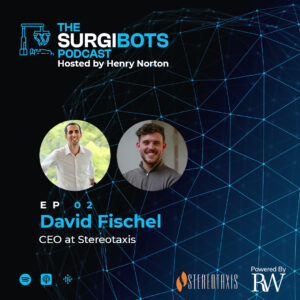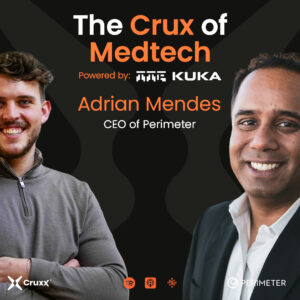Surgibots Podcast
S01 E02
The Benefits of Surgical Robotics
On Episode 2 of The Surgibots Podcast we spoke to David Fischel, the Chairman and CEO of Stereotaxis, about the benefits of surgical robotics for patients and surgeons.
Listen/watch now

Listen/watch now



